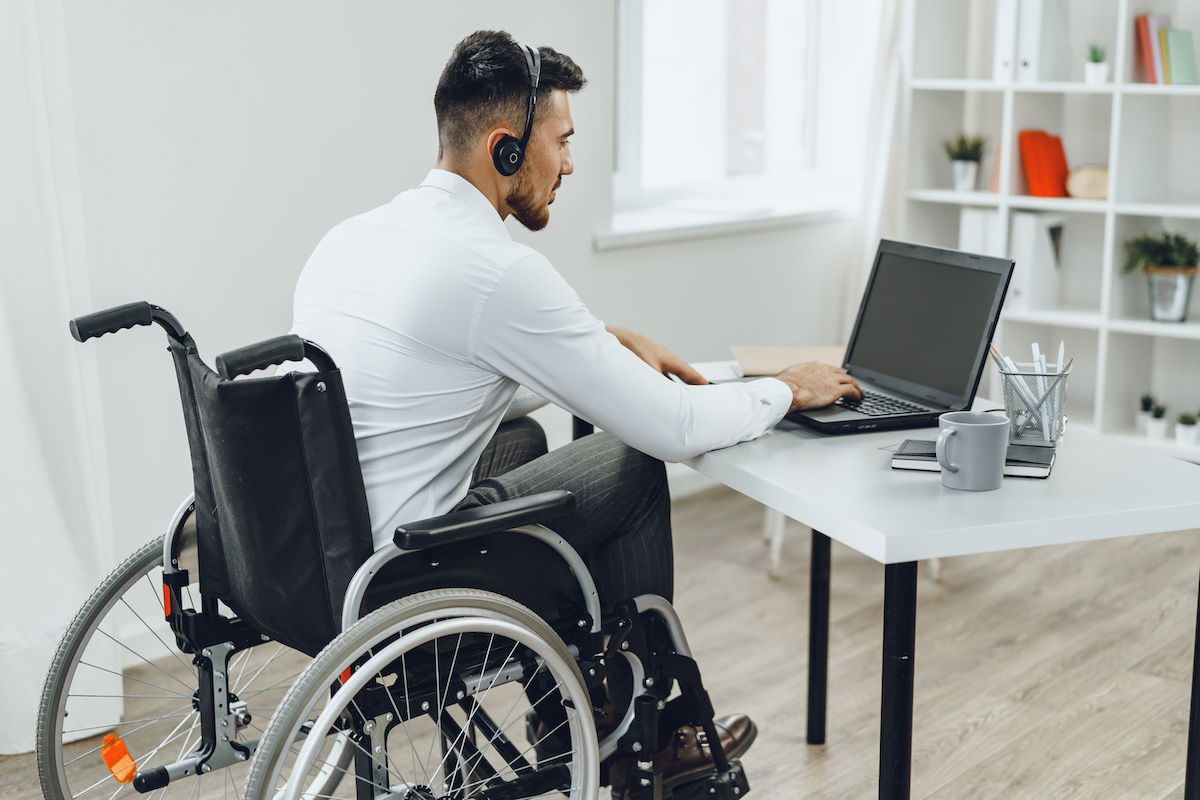“Web accessibility is not only for people with disabilities but for all of us who are thankful that there are no barriers in using our abilities.” – Remberto Esposa JR.
The importance of web accessibility has been on the rise in recent years, as the internet has become an increasingly important part of our lives. There are a number of reasons for this, but the most important one is that the internet is now essential for many aspects of modern life, including education, employment, and social participation. This means that people with disabilities who cannot access the internet are at a significant disadvantage. Web accessibility is, therefore, important for two reasons: 1) To ensure that people with disabilities can access the internet and 2) To ensure that the internet can be accessed by everyone, regardless of their disability. Let’s start with the basics…
What is Web Accessibility
Web accessibility refers to the ability of people with disabilities to access the internet. Each type of disability presents its own challenges, but there are also many ways to overcome these challenges. With the right support and accommodations, people with disabilities can lead full and successful lives. Here are a few of the most common disability types:
Visual Impairments
Visual impairments can make it difficult to see and process information. This can make everyday tasks like reading and writing more difficult. Approximately 285 million people around the world have some form of visual impairment, including 39 million who are blind and 246 million with low vision. Allow users to adjust font size manually. Provide sufficient contrast using colors and textures. Provide alt text or descriptions for non-text content.
Hearing Impairments
For deaf and hard-of-hearing individuals, your site needs to be easy to navigate. Provide multiple contact options. Make sure to add captions or subtitles to all video content. Review any automated captions for accuracy.
Cognitive Impairments
Cognitive disability ranges from dyslexia to autism. People with cognitive impairments are limited in the way and manner they receive information from the web. Use well-structured web content that helps facilitate orientation. Include multiple ways of navigating the website i.e. hierarchical list or search bar.

Why is Web Accessibility Important?
There are multiple international and national laws and standards that require websites to be accessible to people with disabilities:
- The World Wide Web Consortium’s (W3C)
- Web Content Accessibility Guidelines (WCAG)
- The Americans with Disabilities Act (ADA)
- The European Union’s Directive on the Accessibility of Public Sector Websites
There are also a number of voluntary guidelines and standards, such as:
These laws provide guidelines for how web accessibility is measured. Let’s break down those guidelines even further…
Web Content Accessibility Guidelines
When making your website more inclusive, the Web Content Accessibility Guidelines (WCAG) are a great place to begin. These protocols are designed specifically to make online content more usable for people with disabilities, and are informed by four principles:
- Perceivable – Beginning with the most basic guideline, this is the user’s ability to process the information on your website. Ask yourself, is there any content on the website that a deaf, low vision or colorblind user would not be able to perceive?
- Operable – People with disabilities need to be able to operate websites and applications using a variety of different tools. Some users with disabilities are unable to operate a mouse. Can every function of your website be performed with AND without a keyboard?
- Understandable – Just because a user can perceive and operate a website, does not mean they can understand it. Make sure your content is easy to understand. The connection between action and result should be obvious.
- Robust – Make sure your website is accessible on all platforms. That includes mobile devices, tablets, and desktops.
How to Ensure Accessibility On Your Website
There are a number of steps that you can take to ensure that your website is accessible to people with disabilities.
- Use a content management system (CMS) with accessibility tools
- Use accessible templates and schemes for your website
- Use the right plug-ins and add-ons
- Choose accessible fonts that are easy to read and don’t create distractions.
- Add captions or subtitles to all video content and include alt text for images.
Testing for Accessibility
Here are 5 tools you can use to test the accessibility of your website:
- The W3C Web Accessibility Initiative’s Web Accessibility Evaluation Tool (WAVE)
- The W3C’s Web Accessibility Checker
- The Firefox Accessibility Extension
- The Google Chrome Accessibility Developer Tools
- The Safari Accessibility Inspector
For more tips on website testing, check out our recent blog on the topic.
The importance of web accessibility cannot be understated. It is essential for people with disabilities to access the internet, and for everyone to be able to access the internet regardless of their disability. Need help crafting an accessible website? The experts at J. Arthur & Co. have you covered!

